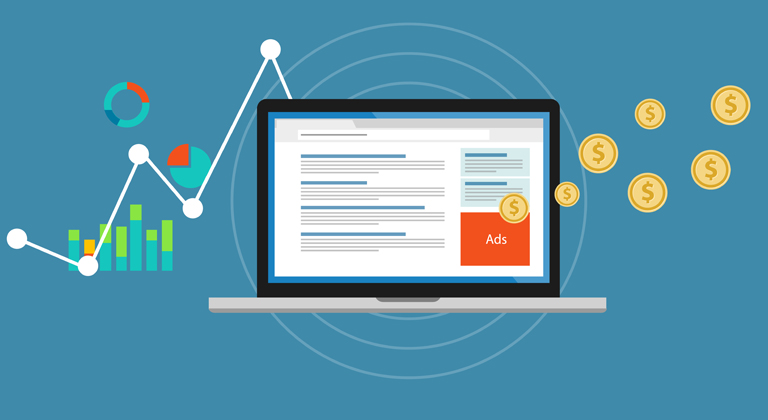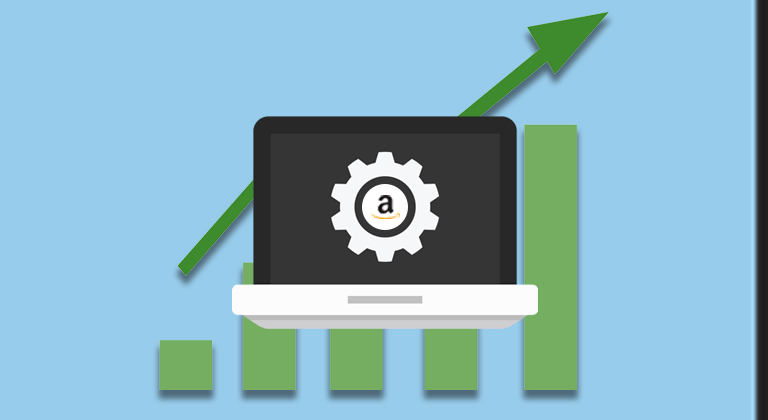How Amazon Attribution Changes the Game for Self-Published Authors
Selling your books these days means advertising them, and up until now, if you were advertising an Amazon book on a platform other than theirs, you had to use a lot of guesswork to determine whether or not your ads were converting into actual sales. Recently, however, the retail giant has provided a method that allows you to track what happens when a customer follows your ad from elsewhere, and when used properly, this can be a game changer for self-published authors. Here’s Ginger to tell you all about it, and next week he’ll go through setting it up in more detail.
Writing and self-publishing a novel is often only half the battle for self-published authors. The next step is to market that book to a receptive audience – hopefully one willing to reach into their wallets to support your work. That’s why advertising has become such a vital part of the process.
However, advertising self-published books is far from easy. Because ebooks and print books have such wafer-thin profit margins, it’s like playing the ecommerce game on ‘hard’ mode. It’s easy to make a profit when you’re advertising something that retails for $100 or more. When you’re barely making $2.00 on each book you sell, you have to maximize the effectiveness of every penny you spend.
It IS possible, though – and there are plenty of self-published authors who have proven it. In fact, authors like Mark Dawson have become almost as well-known for their courses on how to advertise successfully as they have for the millions and millions of books they’ve sold.
Up until now, though, there’s been one major obstacle holding a lot of self-published authors back – attribution.
Attribution is an ecommerce term to describe the source of your clicks and sales. Using things like Facebook’s advertising Pixel, many ecommerce sellers can track every stage of the buying process from the moment somebody sees one of their ads to the moment they click ‘buy now’ on their website. Up until now, this hasn’t been possible with Amazon unless you use their Advertising on Amazon platform.
If you’ve been advertising books on Facebook, Bookbub, or Twitter, you are basically sending potential readers into the abyss when they click on your Amazon ads. You know how many clicks you get (or at least how many people see your ad and then click through to your book’s product page on Amazon) but you’ve never been able to track how many of those actually convert into paying customers.
Until now.
Because last month, Amazon rolled out something called Amazon Attribution. It’s a tab on your Advertising on Amazon dashboard that allows you to generate unique URLS that track the behavior of people who click on them. You can use these URLS in your Facebook, Twitter, and Bookbub ads and that way you can connect the dots between people who clicked on your ads and what they got up to when they landed on your product page.
This finally means you’ll be able to work out what percentage of them become paying customers, and therefore know for real if your advertising is profitable or not.
This is a GAME CHANGER.
Up until now, we’ve had to guess if traffic from our Facebook or Twitter ads are actually making us money. We can make an educated guess, sure – I even wrote a blog post about measuring your advertising profitability – but at the end of the day it’s really difficult to track things down to the level we’d ideally like to.
With Amazon attribution, however, now we can. Using these URLS that Amazon generate for us, we can track the behavior of every click that lands on our product page – including whether they click through to the details level, and how many page reads they deliver through Kindle Unlimited. It can now allow us to track the effectiveness of our external advertising right down to the cent.
Now before you start firing up your Facebook advertising dashboards again, realize that this information might not make you happy. I remember the first time I started tracking my advertising down to the granular level, it was something of a wake-up call. You can’t force people to buy your book, and often when you first dip your toe into advertising you’ll find yourself in the uncomfortable position of clearly losing money when you promote your book.
Sometimes you can correct that by changing your cover, or blurb. Other times, you can promote the first book in your series at a loss because you’ll make your money back if people read through to the next books in the series. There are plenty of ways to make advertising profitable, but it’s hard work and will force you to be brutally honest with yourself about how good your writing is. I know I was left absolutely humbled the first time I realized how little I actually knew about an industry I’d previously thought I was an expert in.
But thanks to Amazon Attribution, you have a lot of tools in your arsenal to help you deal with these challenges and eventually overcome them. This new feature is going to make a huge difference to authors that advertise on Amazon, and if you’re committed enough to becoming successful, you’ll be able to use this to your advantage. A change like this makes your advertising efforts more transparent, and that transparency allows you to course correct sooner. By adjusting quickly to what is working and what isn’t, you can spend less money on your ads and get back a higher return.
Here are some of the cool things I anticipate using Amazon Attribution for:
- Checking the performance of my Facebook ads
- Experimenting with Twitter, TikTok, and other lesser-used advertising platforms
- Generating a unique URL tied to my subscriber sign-up process to see how much they buy
- Creating a URL to link to my YouTube videos
I’m going to be publishing a step-by-step guide to setting up Amazon Attribution for Facebook ads in next week’s blog post, and I’ll do the same for these other campaigns if there is interest, so stay tuned – and until then, let me know what you think of this news in the comments section below.












I’m setting up Facebook Ads now, so this is very timely. Thank you for sharing this! I look forward to learning more about how to use the Amazon Attribution tags for them.
Hmmmm… Interesting. Perhaps still in beta because it does not seem to be on my dashboard.
This will be great! I’ve been blindly throwing cash out the window with ads, completely clueless. any help at all will be appreciated
Great article! Love what you said about the humility re: the actual data. I definitely relate. It’s helpful to remember that a willingness to face that humility head-on is what can lead to more and more profitability! 🙂
Good article. I would like to see the process of using Twitter for advertising books. It has been largely neglected because the advertisers did not see Twitter ads being profitable. The attribution may now show a different story… or not.
It would also be interesting to see if offering free or reduced priced books on outlets such as freebooksy and bargainbooksy are worth the cost or not.